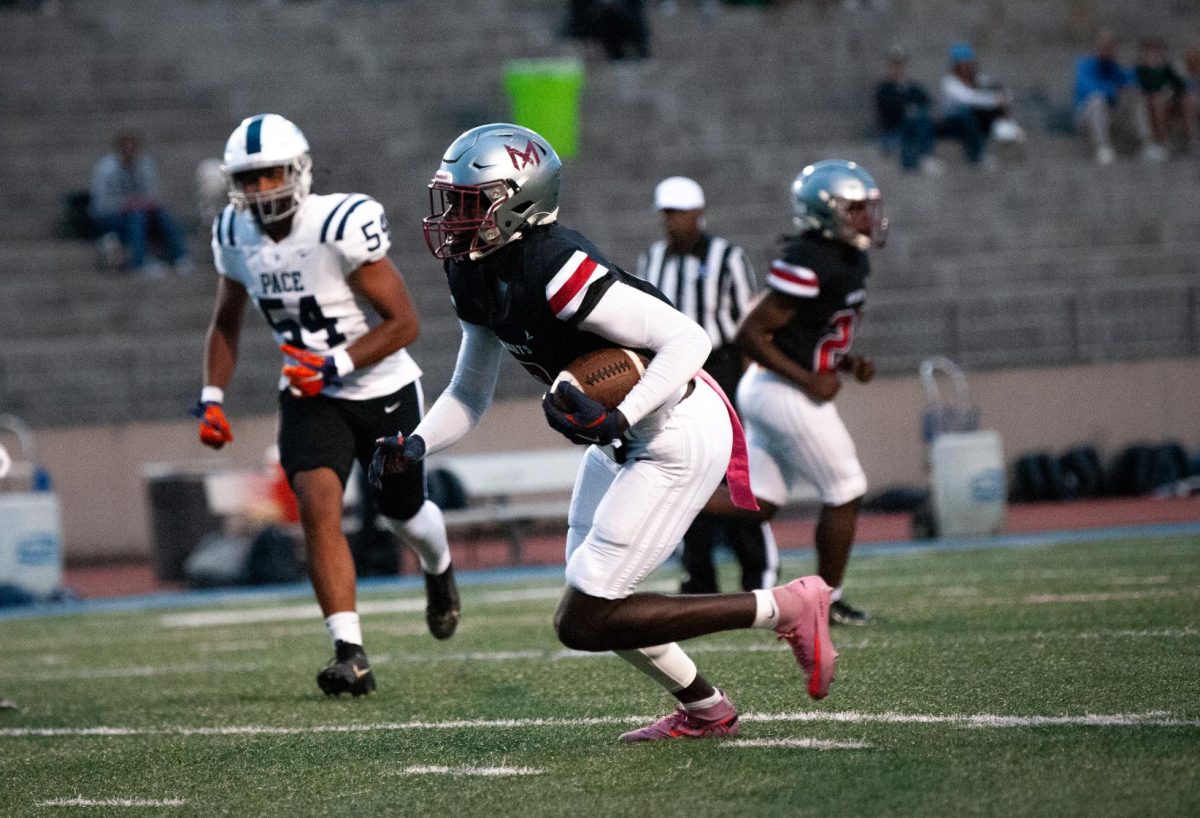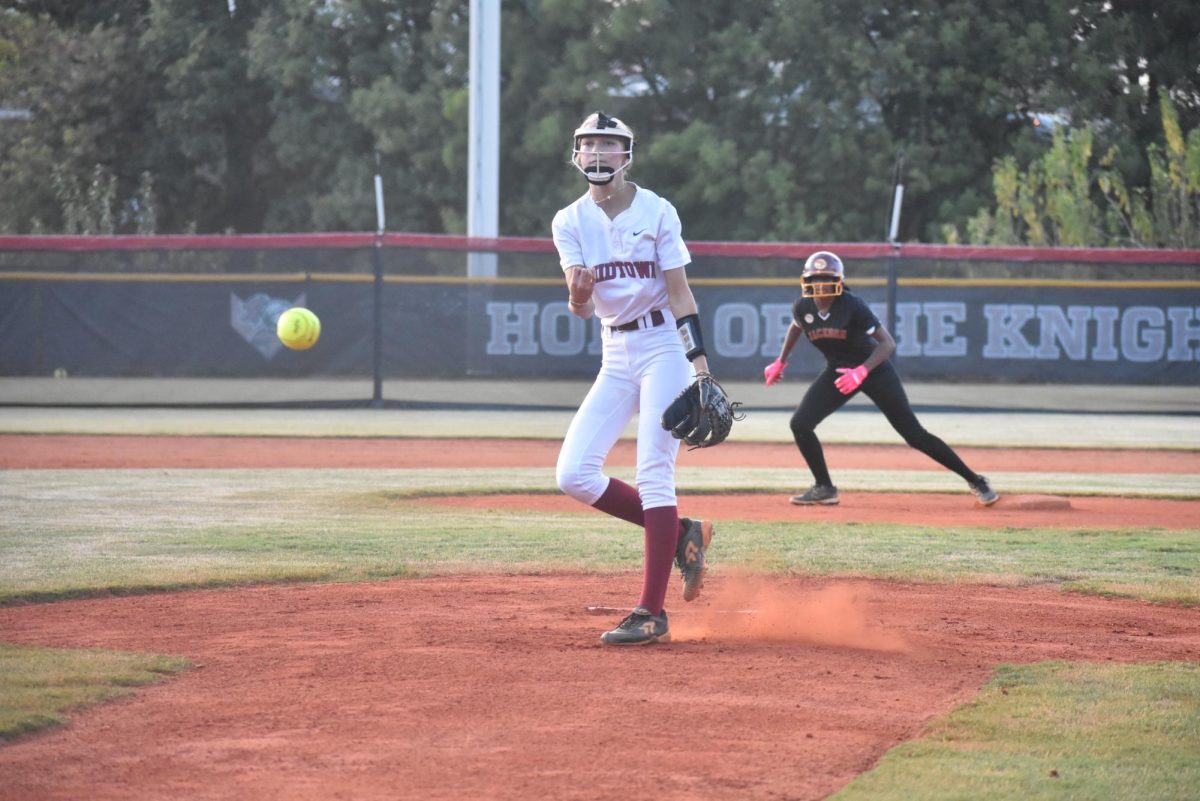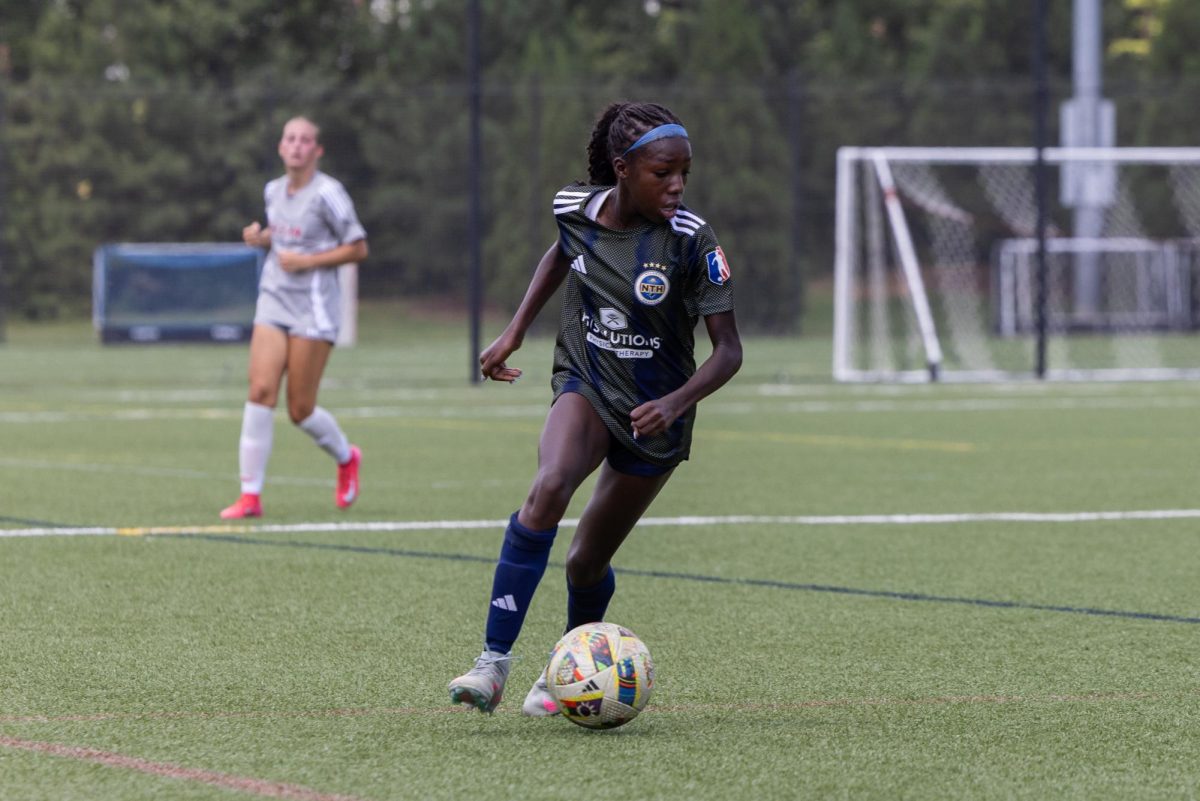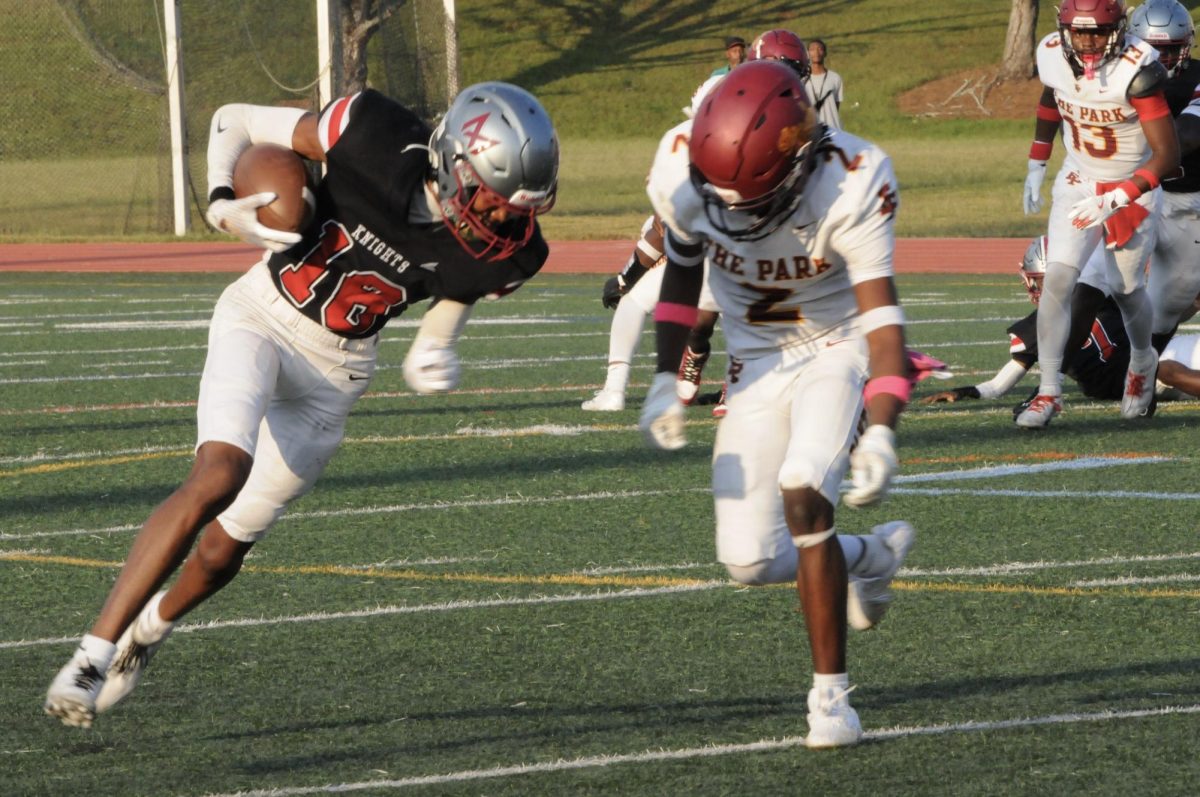By Rachel Hasson
As the 2016 Atlanta Braves season comes to an end and the team plans to move into its $450 million new stadium in Cobb County, fans have questions about the future of Turner Field.
Georgia State University answered these questions when it announced in August plans to purchase Turner Field and turn it into a new stadium for the school’s football team.
“Our university is always looking to build and expand, whether that is in terms of athletics or classroom space,” Mike Holmes, associate athletic director for sports communication at Georgia State, said. “Currently, our teams are spread throughout the city. One of the current goals is to bring all of the teams near campus, so the university continues to look for land and options for where our teams can play, whether it is football or tennis.”
Along with the huge stadium for the Panthers football team, designers working with the college have come up with multiple proposals on how to reconstruct the area. All concepts include both a football and baseball stadium for Georgia State.
It could really gather up more of the student body to come to athletic events,” Ally Fenn, Georgia State student, said. “A stadium close to campus is just what we need to hype up our school spirit and give the football team a crowd.”
The first concept was “Ballpark Plaza,” with the baseball stadium located in the space of the former Atlanta-Fulton County Stadium and an intricate plaza recognizing Braves legend Hank Aaron.
The second concept, the “Big Park,” plans to be a linear park from the field to Fulton Street, with the baseball stadium farther north. The last concept, which is favored by residents of the Grant Park neighborhood, is a “neighborhood square setup with small 200 square ft. blocks of mixed retail and residential space, with the baseball stadium to the southwest of Fulton Street.
“I think the plan could really make the area have a better feel,” Terri Jackson, Grant Park resident, said. “I would definitely go check it out if they had a lot of shops or restaurants.”
Plans include possible expansion of the light rail that travels through Downtown Atlanta, drawing more tourists and Georgia State students to the revitalized area.
“Added exposure brings in more revenue for the school, as well as draws better high school and transfer students who want to make Georgia State their No. 1 choice when it comes to colleges,” Holmes said.
No matter which concept Georgia State chooses, the area will most likely contain apartments, student housing, senior living, retail, and small homes. The Carter and Oakwood development teams, partners of Georgia State, are working with the school to purchase the stadium in the upcoming months.
“Anytime a big purchase can be made, it helps transform the University’’ Holmes said. “Athletics is the doorstep to the University. It is arguably the most public piece that draws the most interest. By having first-class facilities for all of our teams to play in, it allows other areas of the university to thrive.”






